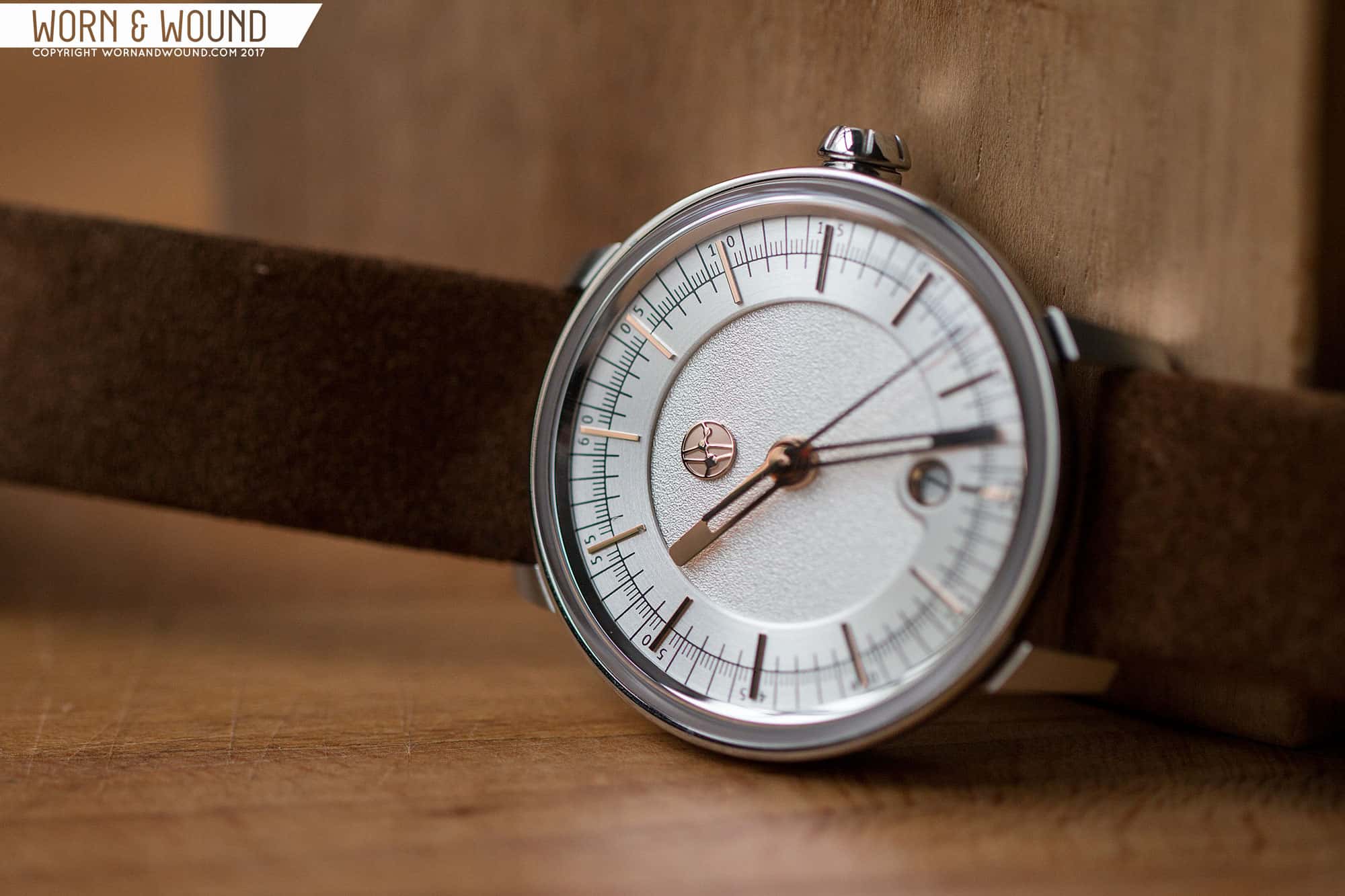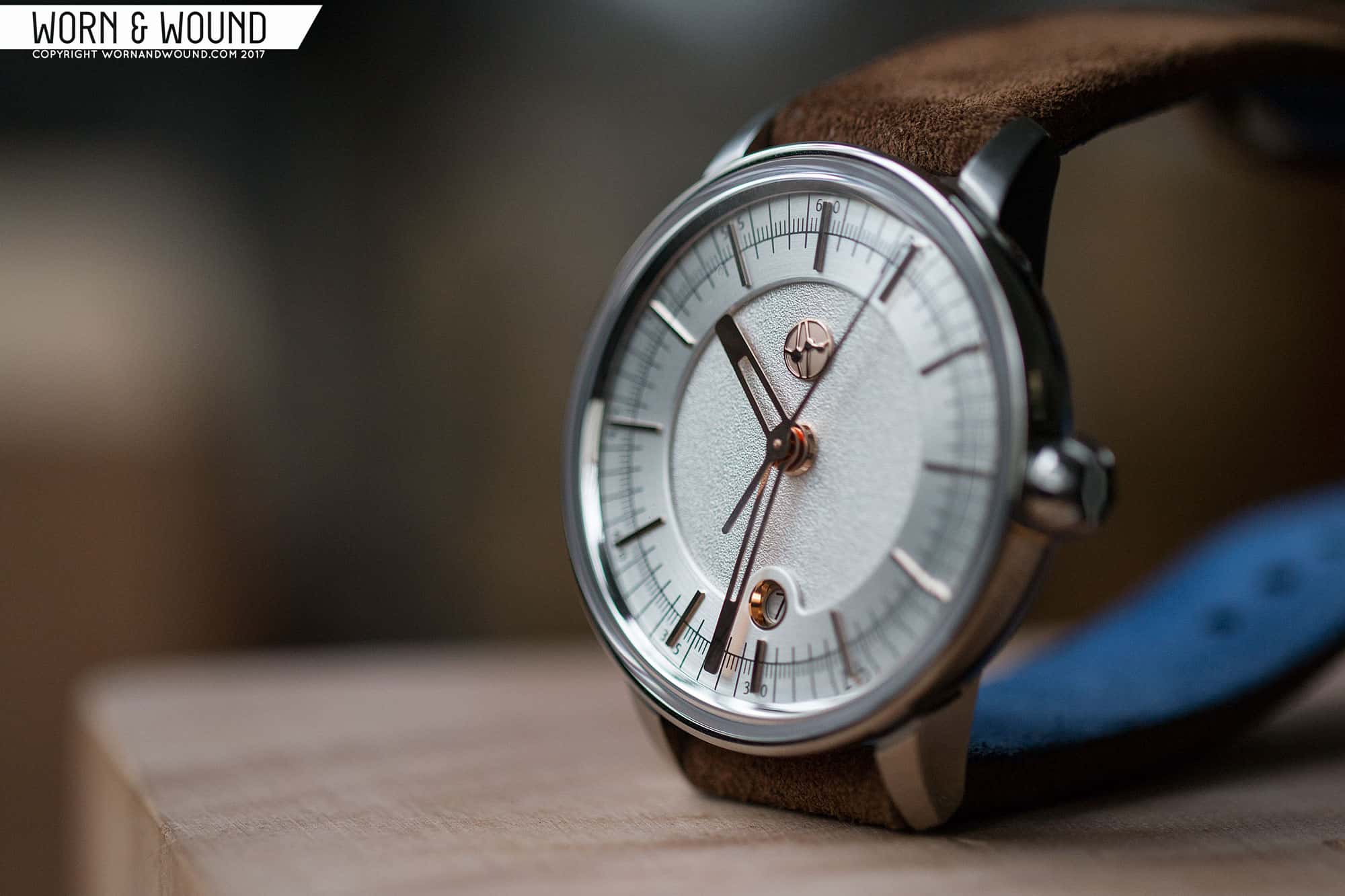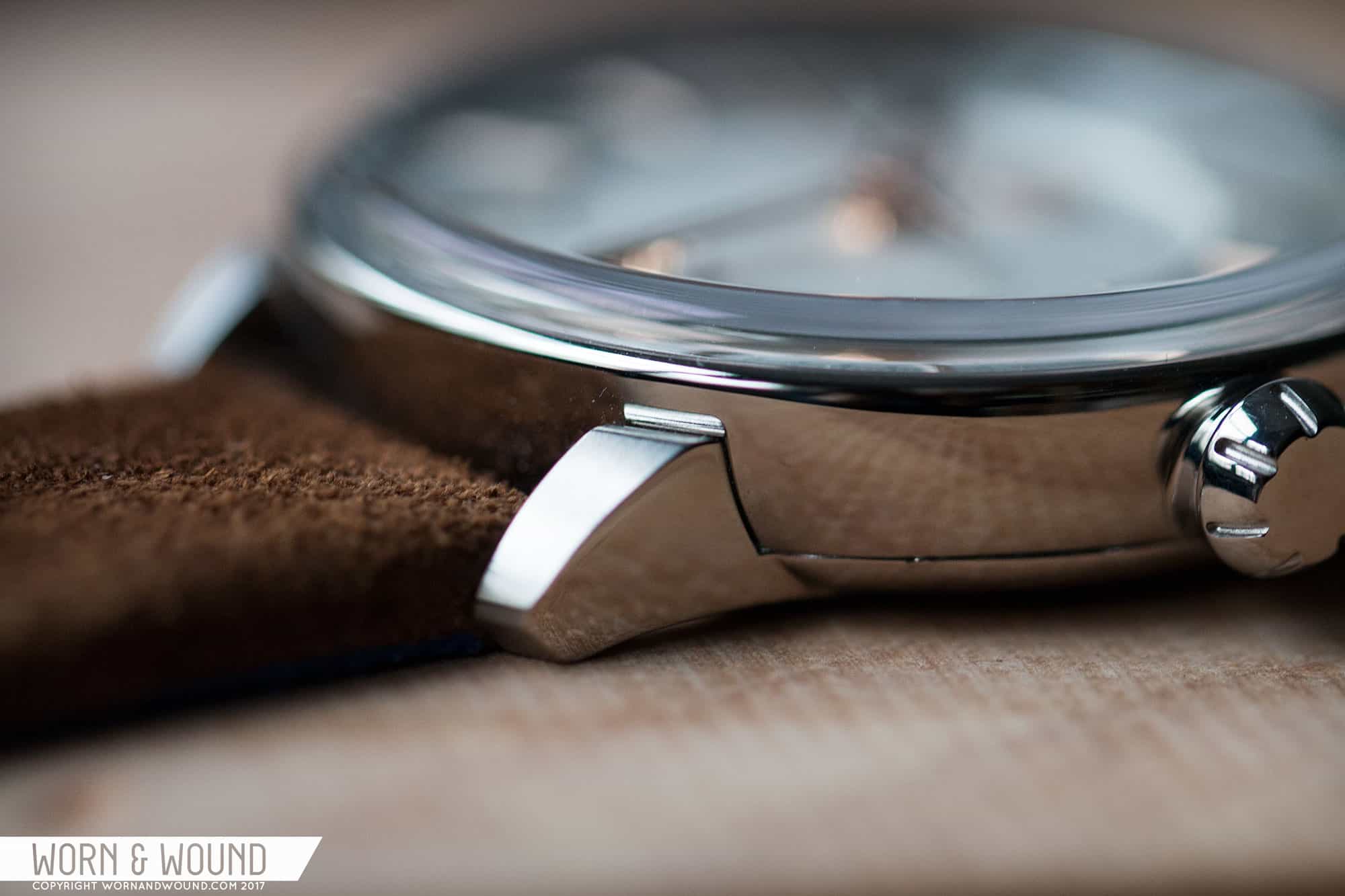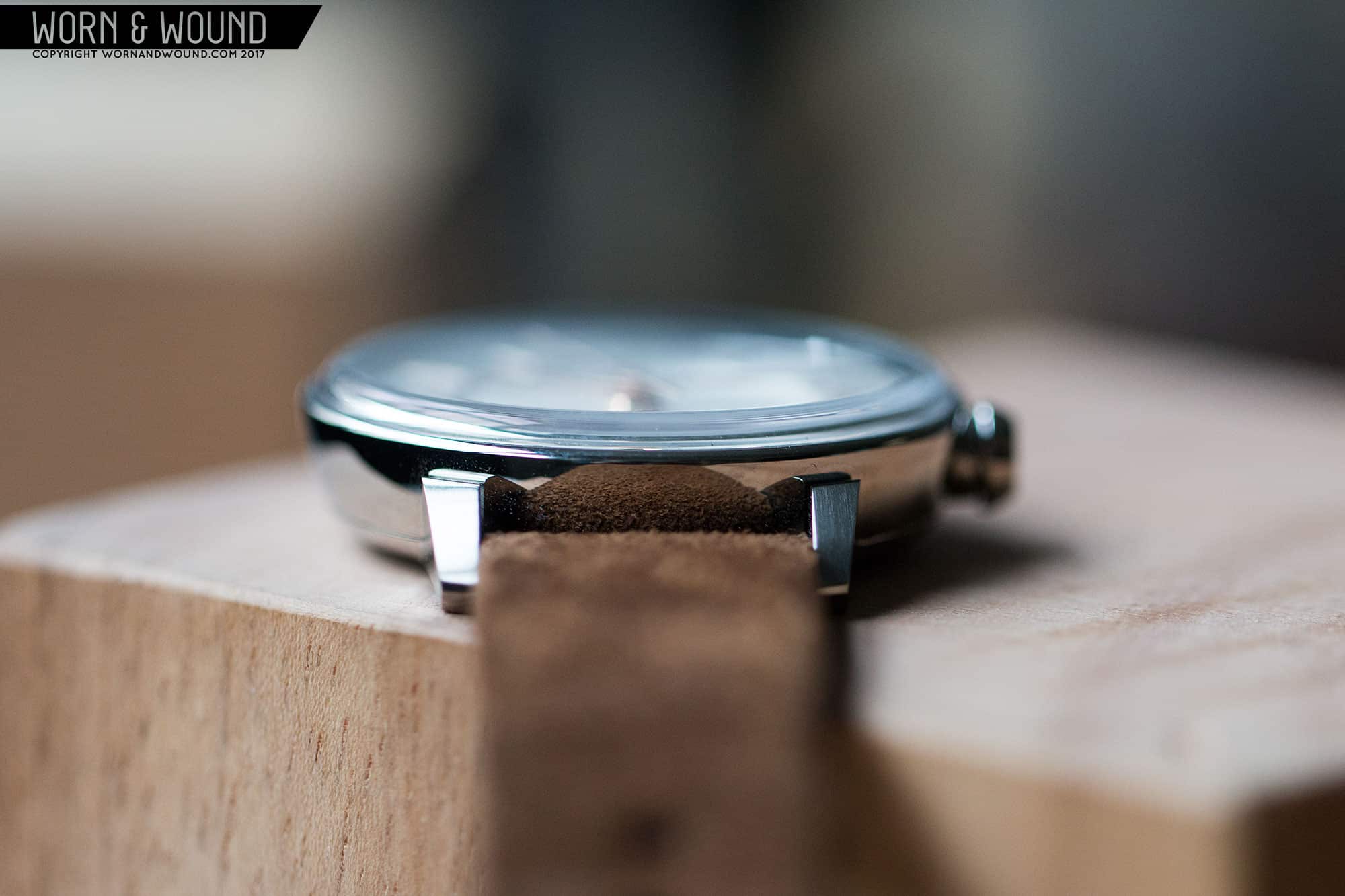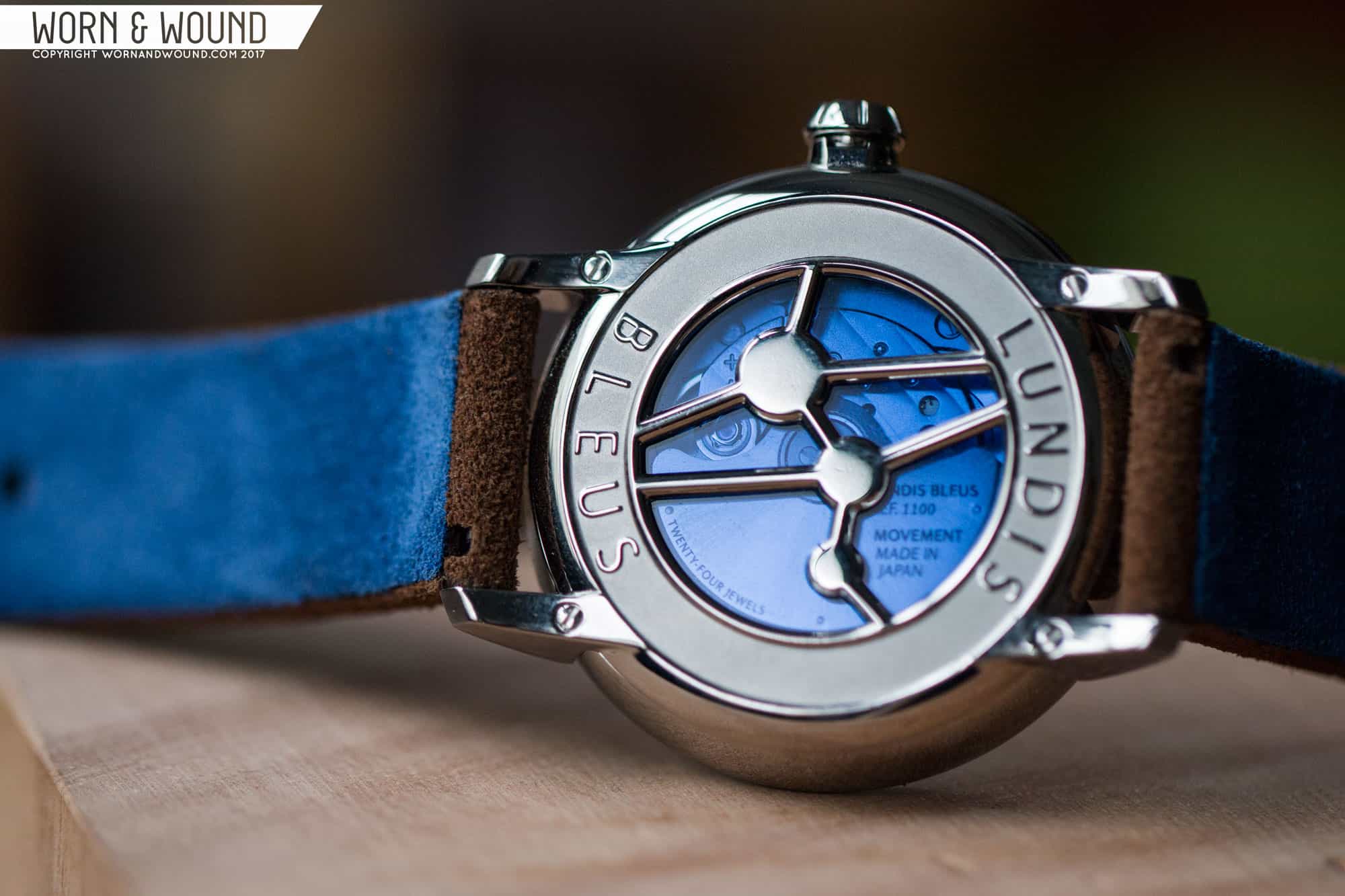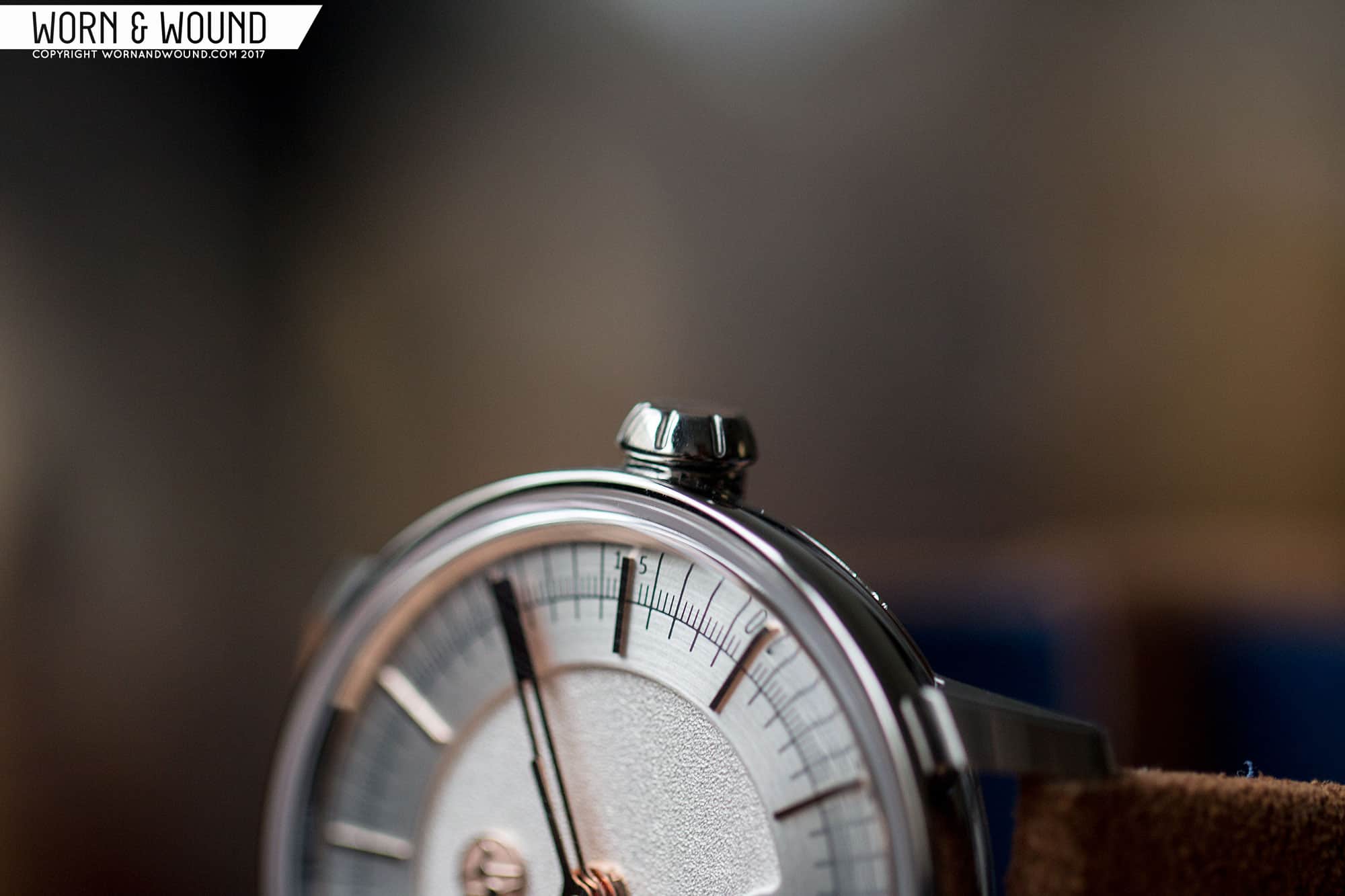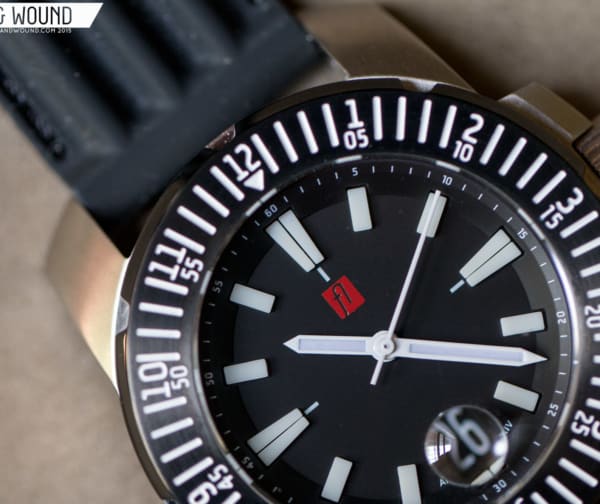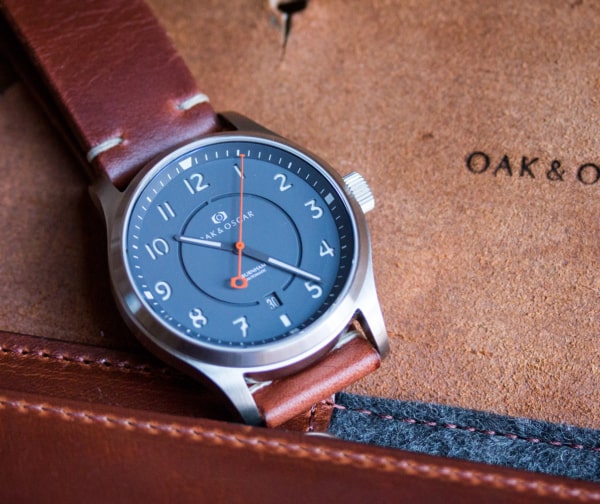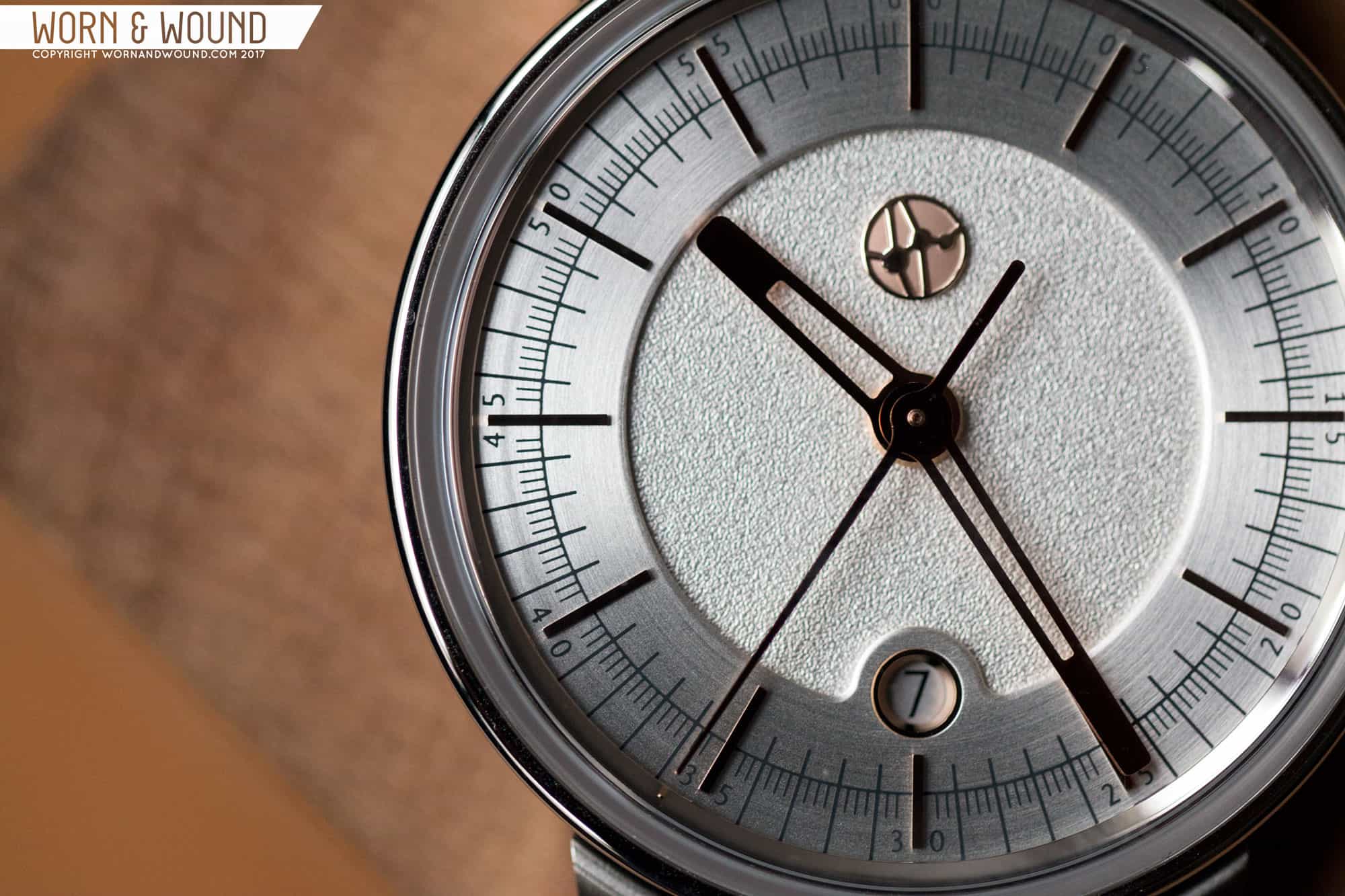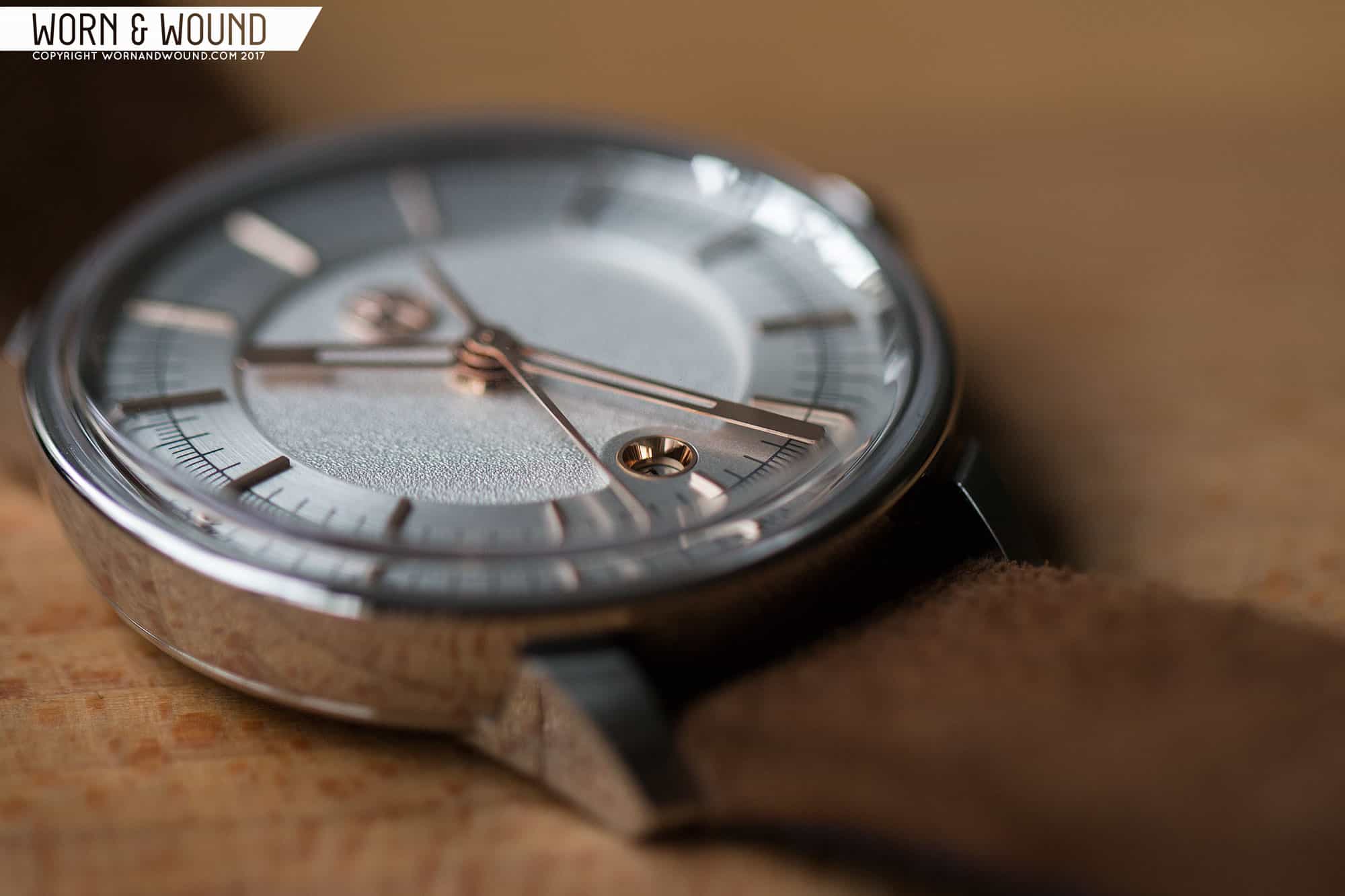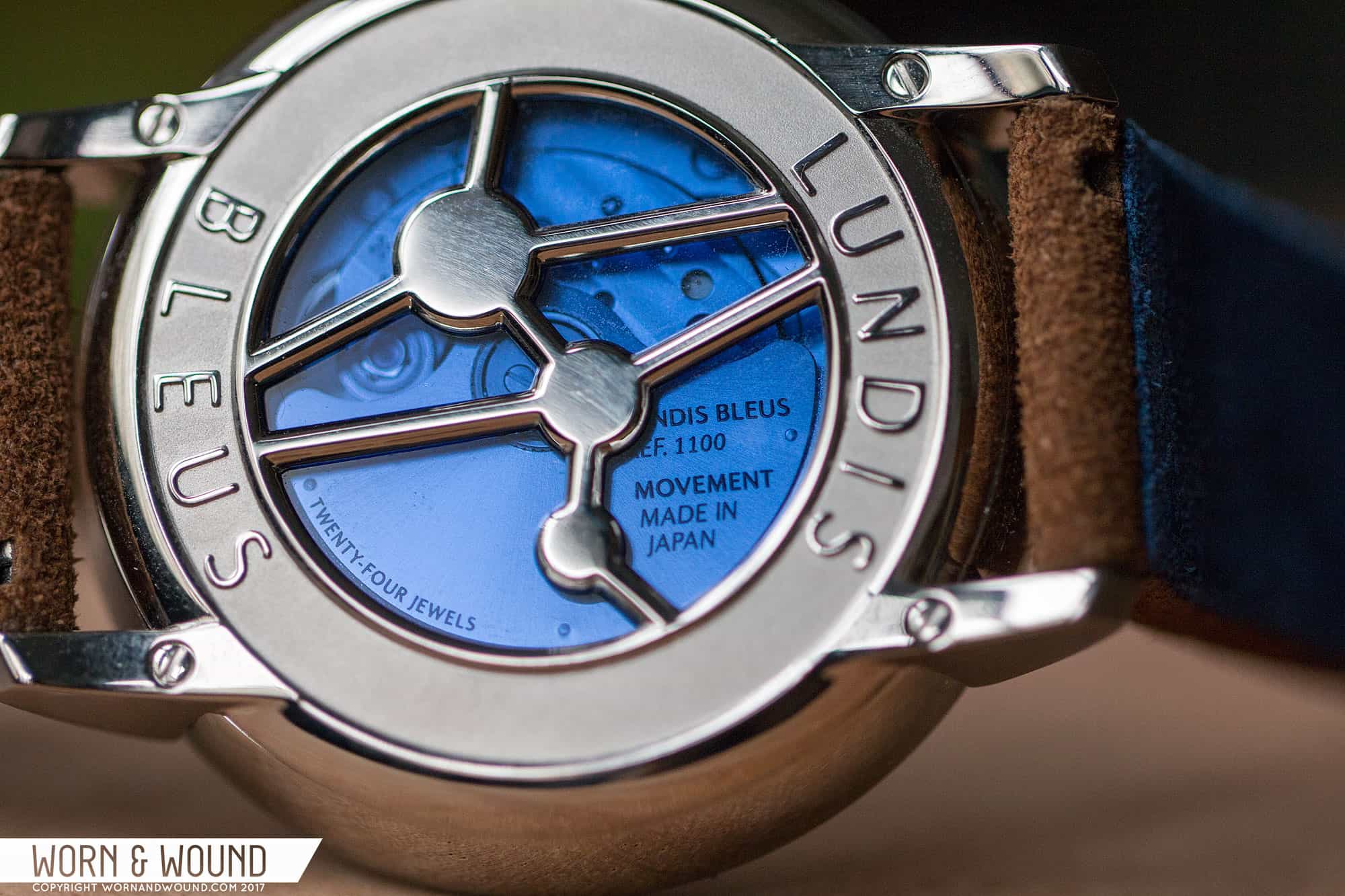The micro-brand boom of the last few years has been exceptional to watch, but one must wonder with all the brands out there, what can a new brand offer? All too often, brands come along, particularly via crowd funding platforms, that frankly don’t offer enough. They don’t put forth anything new, save a contrived story and perhaps a good value for an ultimately forgettable product. This might seem like a negative, but it’s actually a positive. Now, brands need to try harder and do more interesting things to succeed. This has led to a previously insignificant segment of the industry setting tastes globally, and frankly out-doing the traditional watch industry.
Founded by two seasoned watch makers who have worked for the likes of La Joux Perret, Richard Mille and Corum, Lundis Bleus are bringing a different approach to the micro-brand market. Drawing on their years of experience, Lundis Bleus is attempting to be a high-end independent brand, but with accessible prices. This is “independent” not just in the sense of “not owned” by a larger parent, but in the sense of a brand that consists of just a watch maker or two doing as much on their own as possible.
Their name actually has an interesting story behind it. Meaning “Blue Mondays”, it’s a reference to a practice by watchmakers through the 19th century to take Monday off and, well, imbibe. They had long hours and performed highly skilled work, so it was an earned right. Lundis Bleus is celebrating this little known fact outside of the watch making world as it speaks to their spirit of independence.
Stories and intent are great and all, but what really matters is the product. Lundis Bleus’ first line of watches, the 1100s, have a striking design that will immediately grab you. Sophisticated dials with lots of textures, elegant flowing cases and a general aesthetic that speaks both to classic watch making and something unique, contemporary and high-end. They don’t look like watches from a new brand, having a finesse often seen only after many years.
The 1100’s are also unique in their positioning, coming in at 1350 CHF, which is about the same in USD. Powered by the Miyota 9015, this makes them more expensive than the typical 9015 powered watch, but I dare say one needs to look beyond just the movement when determining the price. Design, finish, execution are all factors. They also do a lot “in-house”. This includes some movement modification such as changing the date disks, pad printing the rotors and regulating, and will soon include kiln-firing enamel dials. At the same time, they are honest that their manufacturing is sourced in Asia. I won’t lie and say this isn’t a bit controversial and might be a non-starter for some, as there are Swiss-made automatics at this price as well, but the watch itself is gorgeous, speaks to its price and beyond, and is very worth a closer look.









 Featured Videos
Featured Videos




